https://www.youtube.com/watch?v=afrUJ1YBtdE
How to Prep Subfloor for Hardwood
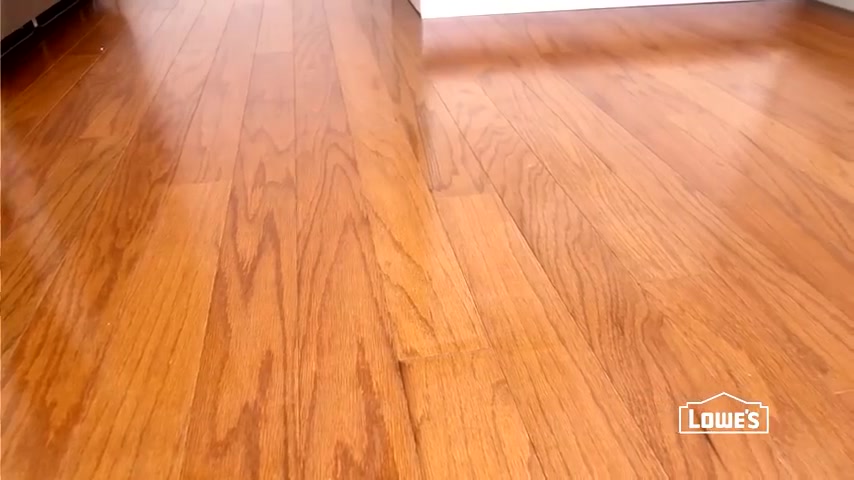
Wood floors are as beautiful as they are durable and installing it yourself can save money , but you need to prep your subfloor or your new flooring could have problems .
We'll show you the steps to prep a plywood subfloor .
First , you need to know how much flooring and materials you'll need , measure the room length times width to calculate the square footage add about 10% for mistakes or warped boards .
Next , remove the baseboards , carpet and tax strips .
If you have vinyl , you can install certain flooring right over it .
No matter what type of flooring you install , your subfloor has to be clean , dry level and structurally sound .
For glue down applications .
You need to remove any wax , paint adhesives or oils with a sander for floating and nail down floors .
You just need to clean up dust and debris .
What about odors from pet stains ?
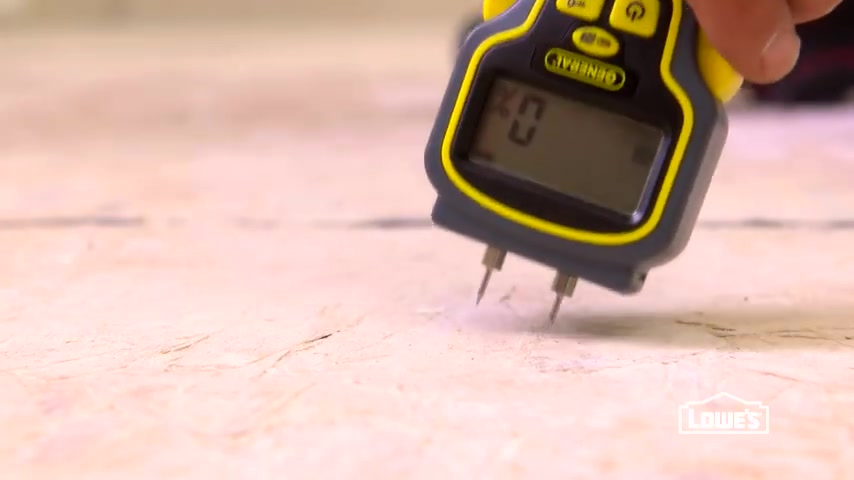
Well , the best approach is to use a stain remover , then cover it with a primer sealer .
But keep in mind some glue down adhesives won't adhere to the sealer .
So check the instructions after you've cleaned your floor , check the moisture level .
A simple moisture meter will work .
Just press the pins into your subfloor and check the reading .
Your flooring manufacturer's instructions will list acceptable readings .
If your moisture levels are too high .
Call a pro for help .
Oh , when working on plywood over concrete , check the levels of both floors .
After the moisture tests check that the floor is level .
It shouldn't vary more than 3/16 inch every 10 ft , sand any high spots and fix low spots according to your floor type , typically on glued down and floating floors , you can apply leveling compound for nail down floors .
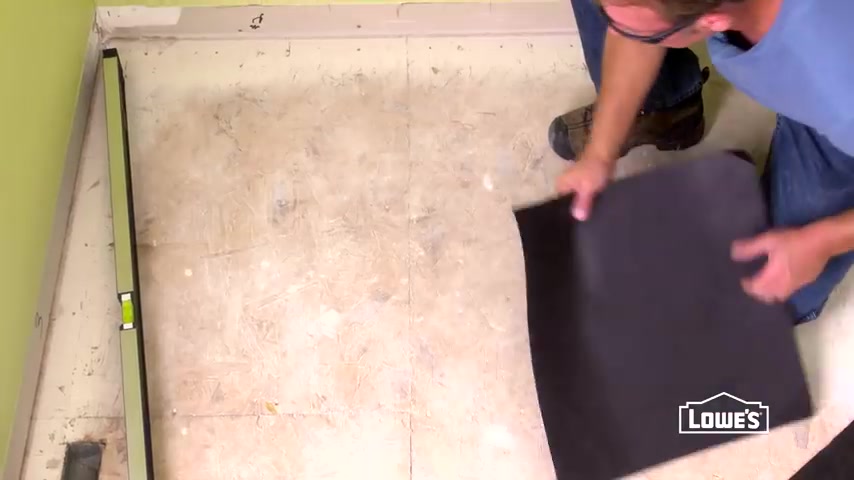
You can repair by reinforcing the joists or building up the low spots with £15 belts or mps .
Your subfloor also needs to be strong and structurally sound , fix loose or creaky boards with wood or decking screws .
Of course , any major damage will need to be repaired too .
One more note for subfloor repairs .
Flooring typically looks best running along the longest wall in the room , but it should be perpendicular to the floor joists .
If it won't be , you can add another plywood layer to strengthen the floor .
Next , prep the doorways stack a piece of flooring on the underlayment and cut door casings about 1/16 inch above with the jam saw for doors , remove them and cut about 1/8 inch above .
When your subfloor is in good shape , you can put down the underlayment .
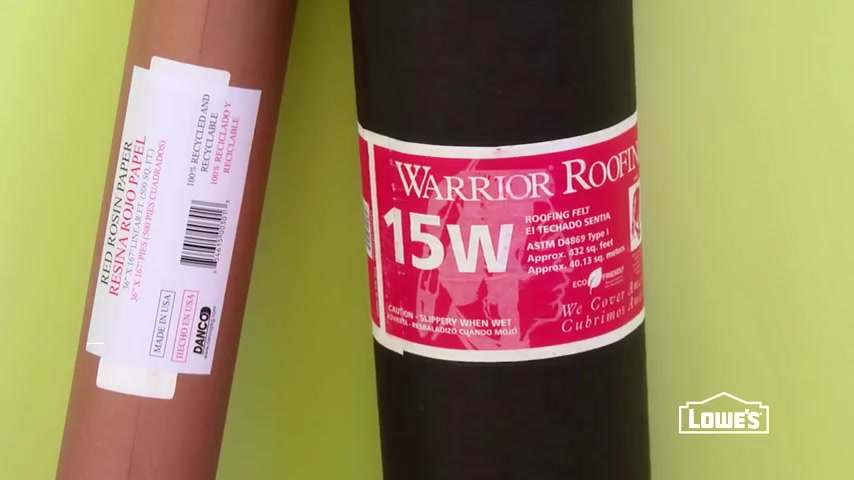
The type depends on your flooring installation for nailing solid hardwood or stapling engineered go with felt paper or grade D craft paper , roll it out , leaving the underlayment long at the ends , you'll trim it after you've installed the floor overlap .
The seams about six inches and staple down for floating engineered locking or laminate .
Use a two in one or three in one .
Typically , they have self adhesive scenes to join the pieces together for glue down floors .
The moisture barrier is usually part of the adhesive .
Some products even have the underlayment pre attached , but you might still need a moisture barrier .
One other thing , some engineered locking and laminate floors can go right over vinyl as long as it's not two layers thick .
Next step is to mark a starting line square to the room walls , however many walls are bowed or out of square .
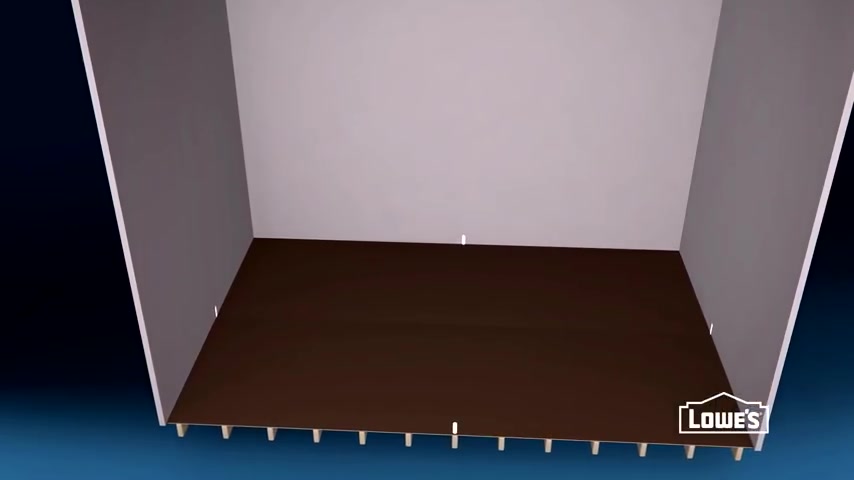
So here's what you do , mark the center of each wall and snap lines between then measure from the center to the starting wall , subtract the expansion gap and mark this distance at the ends , snap a line between to get a straight line against the wall .
Now your subfloor is prepped for more great ideas and how to go to lowe's dot com slash how to or click .
Subscribe next .
Learn how to install your flooring .
Are you looking for a way to reach a wider audience and get more views on your videos?
Our innovative video to text transcribing service can help you do just that.
We provide accurate transcriptions of your videos along with visual content that will help you attract new viewers and keep them engaged. Plus, our data analytics and ad campaign tools can help you monetize your content and maximize your revenue.
Let's partner up and take your video content to the next level!
Contact us today to learn more.